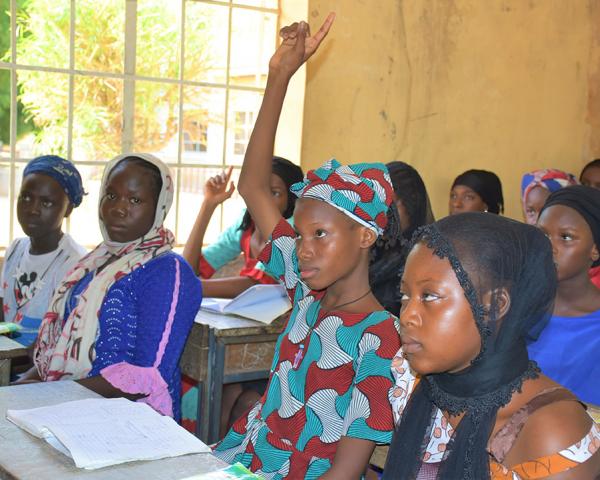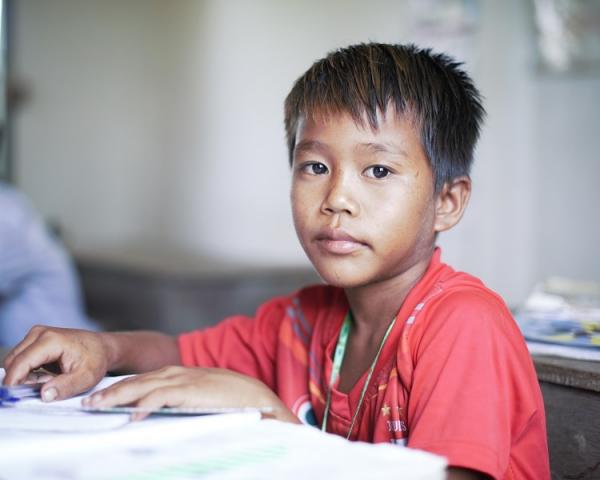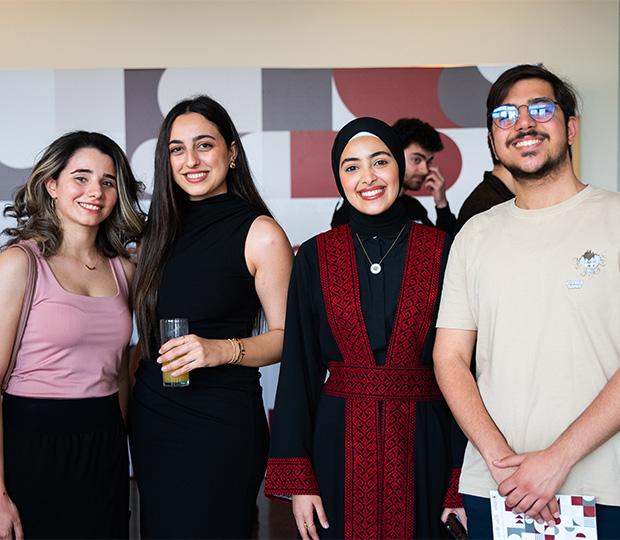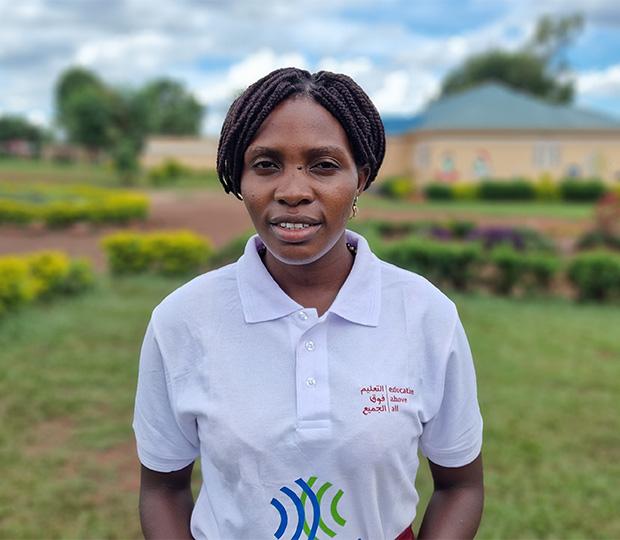A Quality Framework for OOSC

While the evolving global post-2015 education agenda has a welcome focus on both inclusion and quality, the process does not link these sufficiently. Documents speak to reaching the most marginalised with a quality education but continue focus on conventional, in-school assumptions about what defines quality.
In this publication, Dr. Elaine Furniss has challenged that view and argues that to be inclusive a quality education must address the obstacles that are still excluding 58 million children from a primary education. From the perspective that every child is a child of value she argues that, as such, every child must be given equal opportunity to learn. The opportunity for out of school children (OOSC) to learn is especially challenging because more than half of them are affected by conflict and they also deserve protection from this as do many others from sexual exploitation and labour.
In fact, most OOSC face more than one barrier to educational participation and learning—they are often trapped in a complex web of obstacles. By focusing on the obstacles that children, and their families, face in accessing and participating in primary education—a priority of Educate A Child (EAC)—she brings out of school children into the centre of the quality debate; a space from which they have been excluded for decades.
In bringing these children, their perspectives, and the daily challenges they face into the debate, the publication calls for an expanded view of quality that challenges many underlying assumptions of the predominant model. For example, it argues for rethinking the age/grade linkage, recognising that not all learners require an entire year to learn a given syllabus, and considering cycle cost savings by investing in teaching in multiple languages. This expanded view is summarised in terms of a model that is based on learning, but that considers many additional opportunities for including and engaging the most disadvantaged in a responsive and more flexible education system.
The publication “raises the bar” in terms of our understanding of quality in relation to those who are educationally disenfranchised. Are we able to “step up” and rise to the challenge?
Mary Joy Pigozzi, PhD
Director, EAC

















